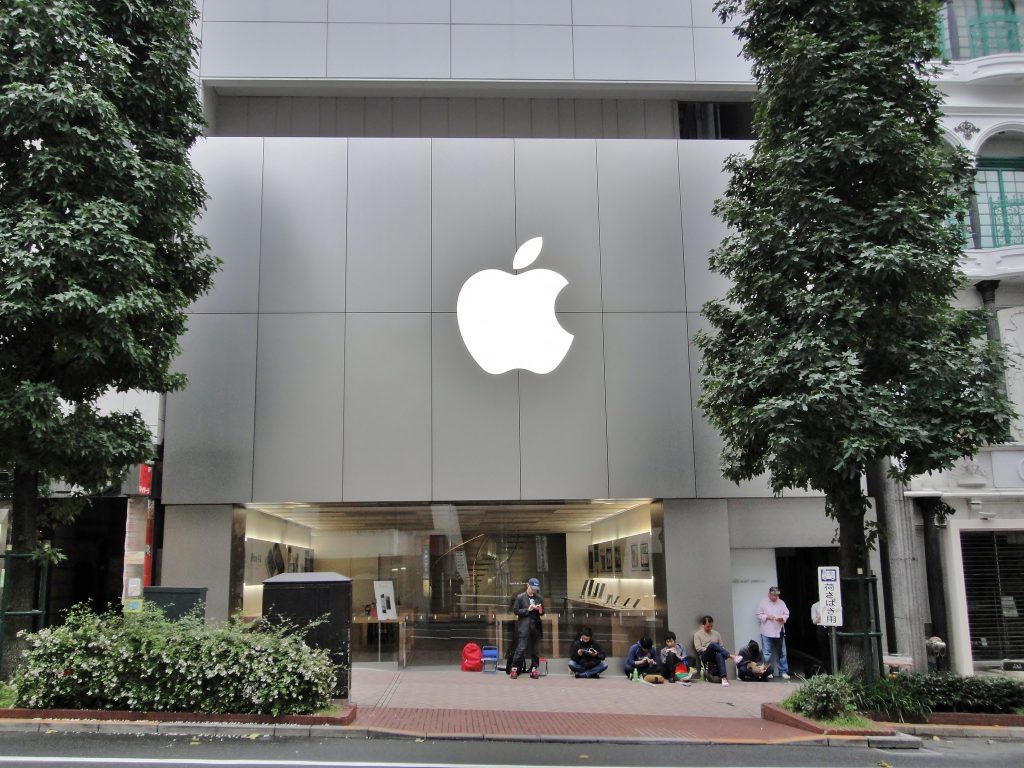
iPhone 17 Air will retain ports, but will be Apple’s thinnest yet
- 17.03.2025 10:46
- thetechportal.com
- Keywords: Battery Life
The iPhone 17 Air is Apple’s thinnest model at 5.5mm and retains its USB-C port due to EU regulations. It features a 6.6-inch display, single 48MP camera, and Apple’s C1 chip for 5G without mmWave support.